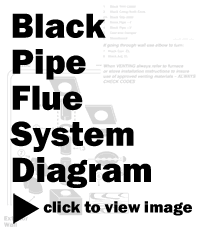5 Inch Stove Pipe
Economical, high quality stove pipe (also called connector pipe) used to attach a stove to a chimney. This regular 24 gauge stovepipe is for Wood, Oil, Coal, or Gas fuels. The smaller the gauge, the thicker the metal. 24 is the accepted standard.
-
24-Gauge
-
Three stovepipe screws create secure connections between pipes.
-
18" clearance to combustibles
-
National code prohibits enclosed pipe installations
-
National code requires stovepipe to exit the room that it originates in, prohibits stovepipe from penetrating combustible material
24" Straight
Pipe Self-locking pipe presses together until it snaps. No tools needed to close seams. Joint can be cut to any length. |
|||||
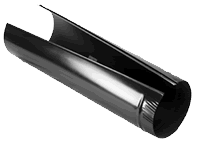 |
|||||
|
|||||
Adjustable Elbow Can quickly be adjusted to a straight line, 45 degree angle, or a right angle. |
|||||
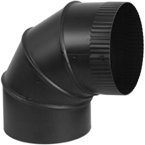 |
|||||
|
|||||
|
Tee Joint Both sections assembled with "Snap lock" seam. Can be easily turned to make a secure lock. |
|||||
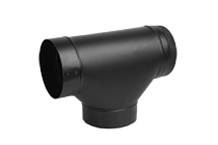 |
|||||
|
|||||
Tee Cap Used to close off one end of a stove pipe tee. Use of a tee cap allows for easy access for pipe cleaning. |
|||||
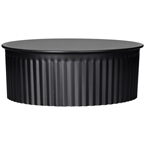 |
|||||
|
|||||
Increaser From 5" to 6" pipe Easily adapts smaller stove pipe to larger stove pipe. Large end of Increaser is crimped. |
|||||
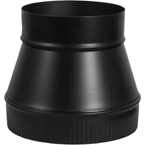 |
|||||
|
|||||
Starter Pipe allows for easy connection of pipe between the stove and the first joint of pipe. Both ends of starter pipe are crimped. |
|||||
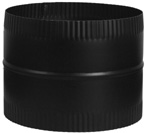 |
|||||
|
|||||
Trim Collar Covers excess area around flue opening. Provides a finished look to stove pipe installation. |
|||||
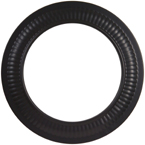 |
|||||
|
|||||
Stove Pipe Damper Usually located approximately 12 to 18 inches from the stove, prior to the spot where the pipe exits into a chimney, if present. The damper retains heat that escapes up the chimney or flue. |
|||||
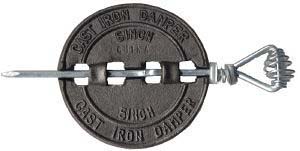 |
|||||
|
|||||
12 ct. - Stove Pipe Screws Screws for securing single wall pipe joints. Self-drilling black oxide screws. |
|||||
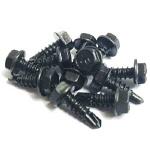 |
|||||
|
|||||
| Frequently Asked Questions About Stove Pipe |
| A Few Words To The Wise |
| 1.
Stick with one brand of stovepipe for connecting wood stoves to chimney.
This ensures the most secure stovepipe connection. Learn
why a good stovepipe connection is so important. |
